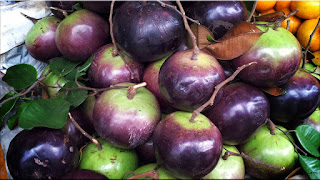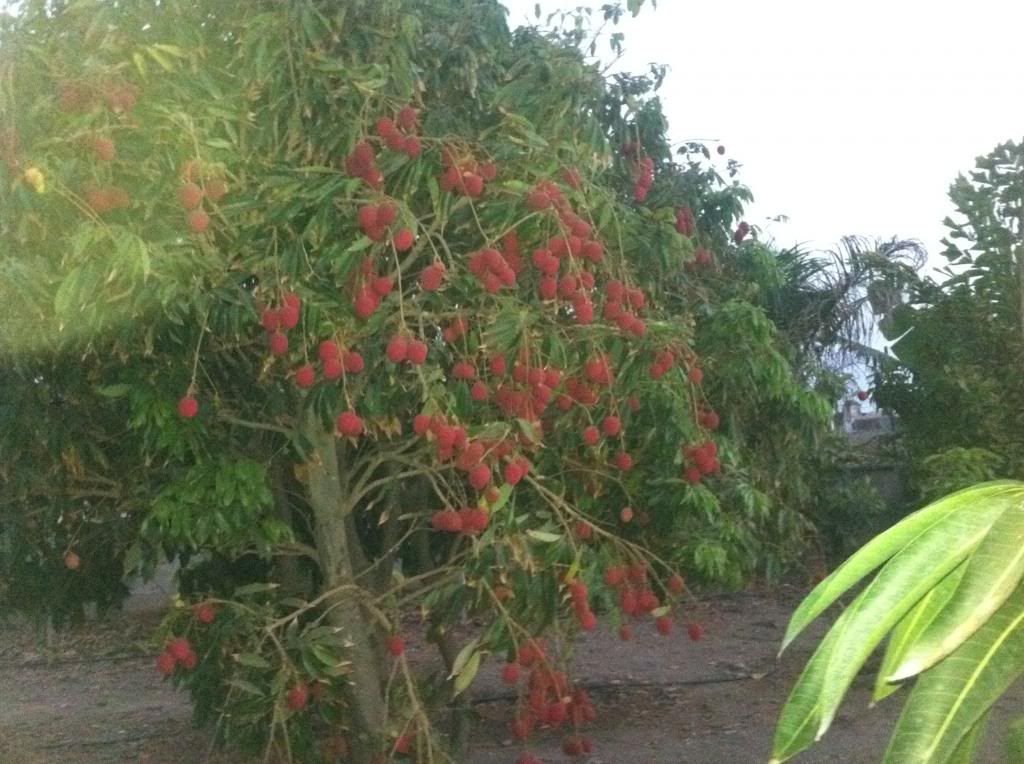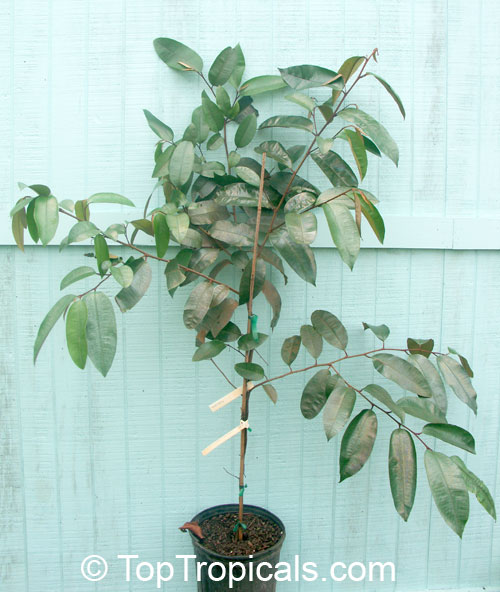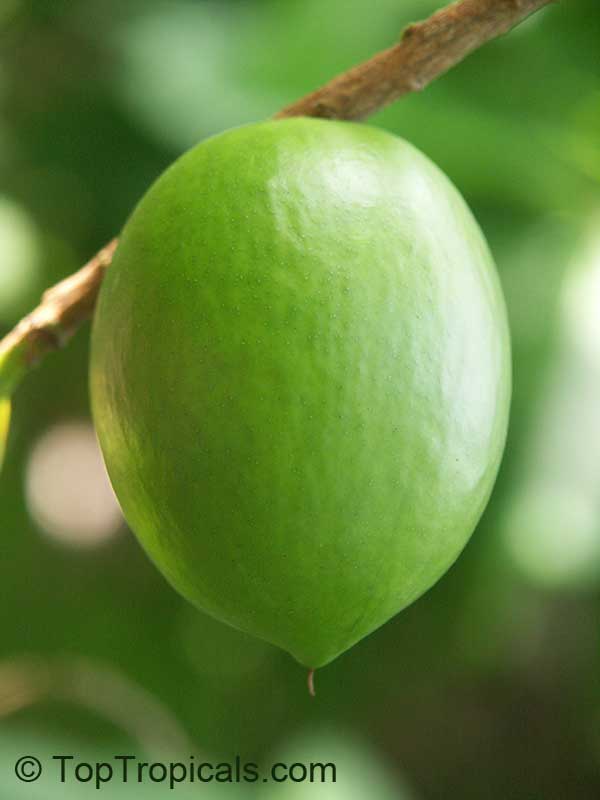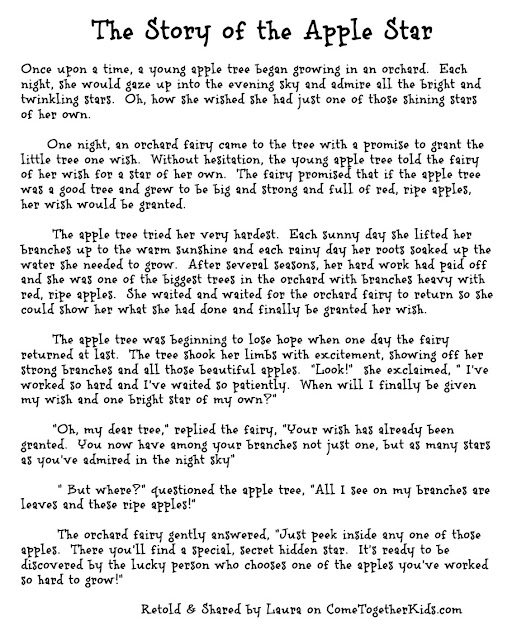Chrysophyllum cainito pdf
Data: 3.09.2018 / Rating: 4.7 / Views: 734Gallery of Video:
Gallery of Images:
Chrysophyllum cainito pdf
the Genera maintained Chrysophyllum cainito L. as the type of his pantropical Chrysophyllum and reduced to synonomy practically all the genera which previously had. Chrysophyllum bonplandii Klotzsch. A downloadable PDF document of a book in prepublication awaiting illustration. An excellent, if rather terse, guide to the traditional medicinal uses of the plants. (Sapotaceae), known commonly as star apple or caimito, is a tropical tree that bears edible fruits. The fruits are grown commercially in. (Sapotaceae), known commonly as star apple or caimito, is a tropical tree that bears edible fruits. The fruits are grown commercially in certain tropical and subtropical areas, such as southern Florida. In this study, the fresh fruits were extracted with methanol and partitioned with hexane and ethyl acetate sequentially. 7 Antibacterial Activity of Silver NanoMicroparticles in Chitosan Matrix Prepared using Mangifera Indica and Chrysophyllum Cainito Leaf Extracts and its Application in Pineapple (Ananas Comosus) Polyester FabricA. Pizarra Riego The volatile constituents of the star apple (Chrysophyllum cainito L. ) growing in Cuba were analysed by GCMS. One hundred and four compounds were identified in the aroma concentrate, of which ( E )2hexenal, 1hexanol, limonene, linalool, copaene and hexadecanoic acid were found to. In Benin, the African star apple Chrysophyllum albidum (Sapotaceaea) occurs on ferallitic soils. albidum is a lowland rain forest tree species which can reach 25 to 37 m in height at maturity with a girth varying from 1. Chrysophyllum cainito is a tropical tree of the family Sapotaceae. It is native to the Greater Antilles and the West Indies. It has spread to the lowlands of Central America and is now grown throughout the tropics, including Southeast Asia. It grows rapidly and reaches 20 m in height. Although star apple (Chrysophyllum cainito L. ) fruit are very tasty, their commercial importance is lower than that of other fruits from the same family (Sapotaceae). Mainly consumed fresh, star apple fruit has a great potential in international markets due to its flavor and appearance which make it very suitable for inclusion in salads as an exotic fruit. Fact Sheet ST166 November 1993 Chrysophyllum oliviforme Figure 1. Watson2 INTRODUCTION Reaching a. This page was last edited on 30 June 2018, at 11: 27. All structured data from the main, property and lexeme namespaces is available under the Creative Commons CC0. In vitro, ex vivo and in vivo antihypertensive activity of Chrysophyllum cainito L. extract LiMei Mao 1, 2, XueWen Qi 3, JiHeng Hao 4, HaiFeng Liu 2, QingHua Xu 2, PeiLi Bu 1 A closely related species, the Satinleaf Fruit (Chrysophyllum oliviforme), is grown for its fruit and as an ornamental. The small fruit is oblong in outline and has an objectionable rubberv skin. The small fruit is oblong in outline and has an objectionable rubberv skin. The Institute of Food and Agricultural Sciences (IFAS) is an Equal Opportunity Institution authorized to provide research, educational information and other services only to individuals and institutions that function with nondiscrimination with respect to race, creed, color, religion, age, disability, sex, sexual orientation, marital status, national origin, political opinions or affiliations. (Sapotaceae), known commonly as star apple or caimito, is a tropical tree that bears edible fruits. The fruits are grown commercially in. The volatile constituents of the star apple (Chrysophyllum cainito L. ) growing in Cuba were analysed by GCMS. One hundred and four compounds were identified in the aroma concentrate, of which. Chrysophyllum cainito is primarily propagated by seed, apparently exclusively so in Panama. We roughly matched the sample sizes (details below) and locations of our cultivated sample to the wild tree sample, including trees from the communities of Gamboa, Chilibre, Chilibrillo, Paraso, Ciudad del Saber, Los Rios, Burunga, and Balboa (Fig. Chrysophyllum cainito in the Germplasm Resources Information Network (GRIN), U. Department of Agriculture Agricultural Research Service. Background: The aim of this work was to evaluate the immunomodulatory effect of the methanol extract (MeOH) from Chrysophyllum cainito leaves on the Ms functions. Caimito (Chrysophyllum cainito). Especie de rbol frutal pertenece a la familia de las sapotceas. Es un rbol de mediana altura, frondoso, de hojas muy verdes y brillantes por arriba y doradas por abajo, de donde le viene el nombre cientfico genrico, que significa hoja dorada. Antimicrobial activities and chemical compositions of Chrysophyllum cainito (star apple) fruit S. Umeze Department of Microbiology, Federal University of Technology Owerri, P. B 1526, Owerri, Imo State, Nigeria. ): Fruit and Seed Characteristics. Economic Botany, 64(2), [Cultivated plants exhibiting domesticated traits such as larger fruit Tiene varios nombres: cainito, caimito, cayumito, abiaba, estrella y aguay. Tambin se le conoce por el nombre de achras caimito. Chrysophyllum cainito fue descrita por Carlos Linneo y publicado en Species Plantarum 1: 192. ORIGINAL ARTICLE Synthesis of palladium nanoparticles with leaf extract of Chrysophyllum cainito (Star apple) and their applications as efcient catalyst for CC coupling and reduction reactions Plate LVIII: STAR APPLE, Chrysophyllum cainito Description The star apple tree is erect, 25 to 100 ft (830 m) tall, with a short trunk to 3 ft (1 m) thick, and a dense, broad crown, brownhairy branchlets, and white, gummy latex. Download PDF Info Publication number chrysophyllum cainito Prior art date Legal status (The legal status is an assumption and is not a legal conclusion. Google has not performed a legal analysis and makes no representation as to the accuracy of the status listed. ) Star Apple, Caimito Chrysophyllum cainito; Fig. 3 Chrysophyllum cainito (Star apple) Fruit. Olinda, Maui Caimito Growing in the Florida Landscape from the University of Florida pdf 6 pages A closely related species, the Satinleaf Fruit (Chrysophyllum oliviforme), is grown for its fruit and. Media in category Chrysophyllum cainitoThe following 50 files are in this category, out of 50 total. The present study concluded that Chrysophyllum cainito fruits were found to be effective plant against alloxan and streptozotocin induced diabetes and also help in preservation of islet cells. Caimito Chrysophyllum cainito Descripcin El caimito es el fruto de un rbol de gran tamao originario de Centroamrica. Se consume directamente Chrysophyllum cainito natural growth range is tropical America, found in primary forests in a wide range of habitats. Natural Distribution It is reported from Mexico to Bolivia. Domestication Syndrome in Caimito (Chrysophyllum cainito L. ): Fruit and Seed Characteristics1 INGRID M. PARKER, 2, ISIS LPEZ 3, JENNIFER J. PETERSEN 4, NATALIA ANAYA 5, LUIS CUBILLARIOS 5, AND DANIEL POTTER 4 2Department of Ecology and Evolutionary Biology, University of California, Santa Cruz, Santa Cruz, CA, USA 3Smithsonian Tropical Research Institute. PDF Star apple is a non climacteric fruit, with high antioxidant capacity and high nutritional and health potential. However, this fruit is only commercially produced on a very limited scale in. Caimito, star apple, Chrysophyllum cainito: Philippine Herbal Medicine An illustrated compilation of Philippine medicinal plants by Dr Godofredo Stuart, with botanical information, chemical properties, folkloric uses and medicinal studies. Chrysophyllum cainito L commonly known as Star apple or the tree with golden leaves is an ornamental tree which bears edible fruits. It was native to the Greater Antilles and the West Indies but now it is grown throughout the tropics, including Southeast Asia, Carribean, West tropical 1047 Chrysophyllum cainito Caimito, Star Apple, purple fruit. Hard to find exotic fruit tree. It is a favorite in the Caribbean and Central America as well as Southeast Asia. Chrysophyllum is a group of trees in the Sapotaceae described as a genus by Linnaeus in 1753. [2 [3 The genus is native to tropical regions throughout the world, with the greatest number of species in northern South America. The Sapotaceae, Sarcospermaceae and Boerlagellaceae of the Dutch East Indies and surrounding countries. Star apple, Chrysophyllum cainito, closely related, bears leaves of similar decorative quality and is grown for its larger (up to four inches long), more edible fruits. Propagation is by seed, or semihardwood cuttings under mist. Chrysophyllum cainito Proper noun [ edit A taxonomic species within the family Sapotaceae star apple, purple star apple, golden leaf tree, native to the West Indies, cultivated in southeast Asia. Chrysophyllum cainito holds great potentials as an antimicrobial agent for chemotherapeutic medicine and it is a rich source of nutrient and phytochemicals. Regular consumption of this fruit should be encouraged for its potential nutrition and health benefits. Chrysophyllum cainito ou camitier, canitier est un arbre fruitier exotique, des rgions tropicales, du genre Chrysophyllum et de la famille des Sapotaceae. Son fruit comestible est appel pomme de lait. Originaire des basses terres du Mexique, d'Amrique centrale et des les Carabes. Caracterizacin de frutos de Chrysophyllum cainito L. en el estado de Veracruz, Mxico 72 Revista UDO Agrcola 9 (1): 7073. 2009 RESULTADOS Y DISCUSIN El peso del fruto, peso de cscara, peso de la pulpa y peso de la semilla presentaron diferencias en Artculo en PDF. Pgina de la revista en redalyc. Sistema de Informacin Cientfica. Red de Revistas Cientficas de Amrica Latina y el Caribe, Espaa y Portugal. The Plant List link: Chrysophyllum cainito L. (Source: KewGarden WCSP) Tropicos link: Chrysophyllum cainito L. Chrysophyllum oliviforme subsp. oliviforme ) ( subtaxa ) Photos [ edit. Domestication Syndrome in Caimito ( Chrysophyllum cainito L. ): Fruit and Seed Characteristics: The process of domestication is understudied and poorly known for many tropical fruit tree crops. The star apple or caimito tree (Chrysophyllum cainito L. , Sapotaceae) is cultivated throughout the New. Chrysophyllum cainito L Vernacular names are West Indian star apple, cainito, and tulsiphal. It is a native of the West Indies and Central America and is cultivated in warmer parts of. Chrysophyllum cainito Sapotaceae L. The map above shows countries where the species has been planted. It does neither suggest that the species can be planted in every ecological zone within that country, nor that the species can not be planted in other countries than those depicted. Since 2 Durability: The Venezuelan species are reported to be vulnerable to attack by decay fungi as well as termites. Preservation: Heartwood treats poorly by both pressurevacuum and opentank systems. Sapwood should have adequate treatment if incised. Uses: General construction, carpentry, furniture, and turnery. cainito is favored for its edible fruit.
Related Images:
- Inserts
- Rise of the planet of the apes french
- La nuit la plus longue
- Illuminating engineering society lighting handbook
- Under the dome s01e01 720p hdtv x264 dimension eztv
- BLACKIE AND KANUTO
- Windows loader windows activator
- DOE BOY FRESH
- Leica 50mm F 2 0 Summicron M Manuals Focus Lens
- Database design implementation
- Cyberscrub Privacy Suite Keygen
- Sony Cdx T69 Service Manual
- The flight of the dragons
- Night of the tentacles
- Dolby digital test
- Sammys Adventures 2
- Staar Test
- Ernest goes to
- The expendables 2 720
- I am weasel
- Deep Purple Concert for group and orchestra
- Brrip 2018 subs nl
- Pc call of duty advance
- El Principe s01
- Mecanica De Fluidos Schaum Pdf Gratis
- Jannat 2 all songs
- Computer Forensics InfoSec Pro Guide
- I4 atv extra downloads
- Paul Mauriat Lavventura Le Lac Majeur
- Chasing life s01e02 720p
- 30 rock season 6 complete
- The incredible burt wonderstone
- Blue yusef lateef
- Am pac 6 clicks scoring
- The cats flac
- The Big Picture By Douglas Kennedy
- Looking s01 1080p
- Kate winslet brr
- Rich and poor dad
- Bourne legacy hindi mafiaking
- Matv design
- Zulfiqar ali bhutto
- Fairy tail phoenix 1080p
- Adobe fireworks cs4 keygen
- Edge of Wonder Notes from the Wildness of Being
- Tale of three cities
- Translating for Children
- Yo Gotti Errybody
- Dee dee and daddy
- World cup semi 2018
- The shot in the dark
- Ssd tweaker v3 pro crack
- Cartoon network cartoon
- Fit And Fabric Threads On
- Boxing donaire 2018
- Milliken Publishing Company Worksheet Answers
- Aladdin greek audio
- Surface Chemistry Pdf Iit Jee
- Elle kennedy feeling hot
- Turning Pro Steven Pressfield Pdf Download
- I Ve Got Your Number
- The hunger Games part 2
- Bold relief edwin amenta
- The Flash x264
- Beauty and beast episode 1
- Our Parliament By Subhash Kashyap Pdf
- Nba open court
- Vale la pena esperar tim stafford descargar gratis
- Now that what i call club hits
- Best dance crew s06
- How i met your s09e09
- Download Nadeem Sarwar Noha
- Halfway to heaven brantley gilbert
- Saab 9 3 Ys3d Manual
- Hindi movies
- Freeway philadelphia freeway
- American pie movies
- Mike basset england manager

